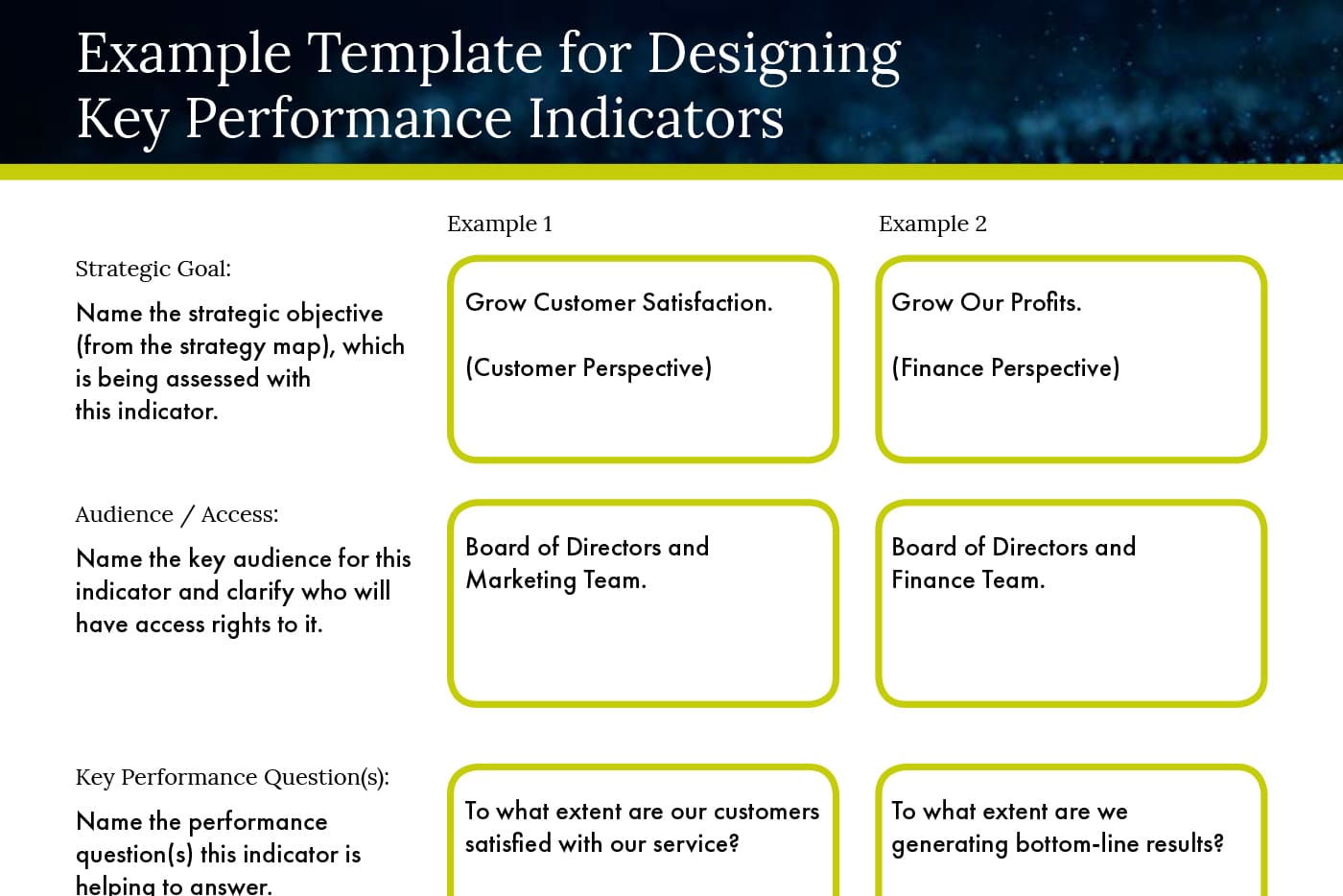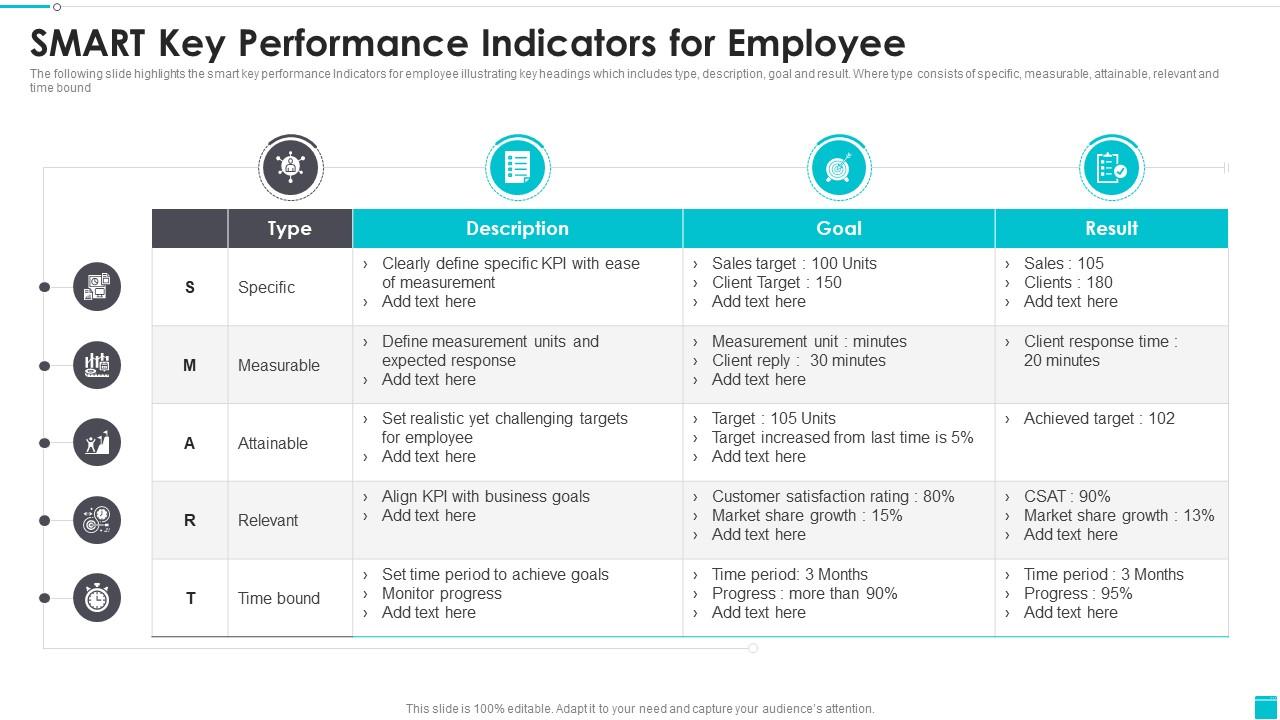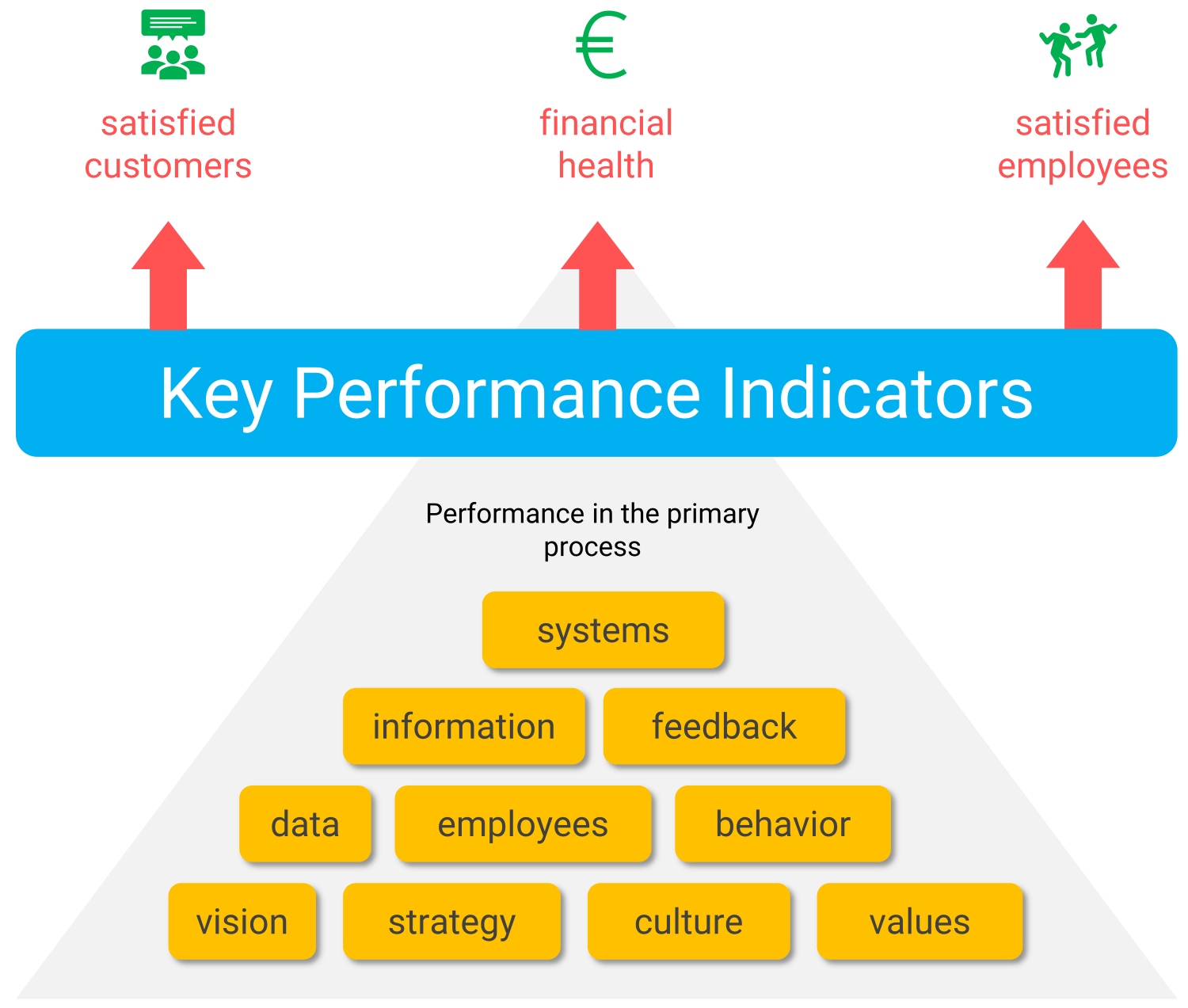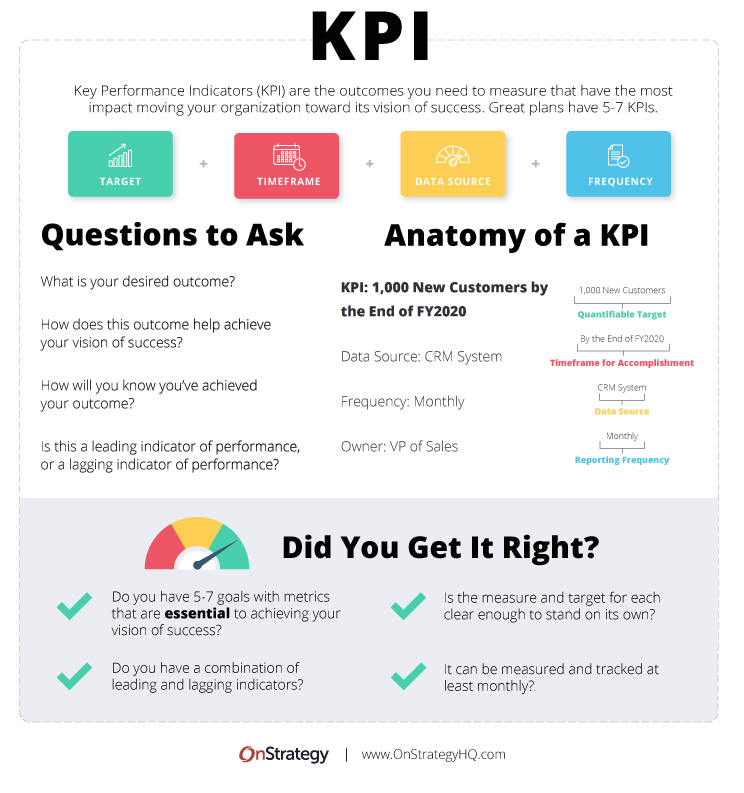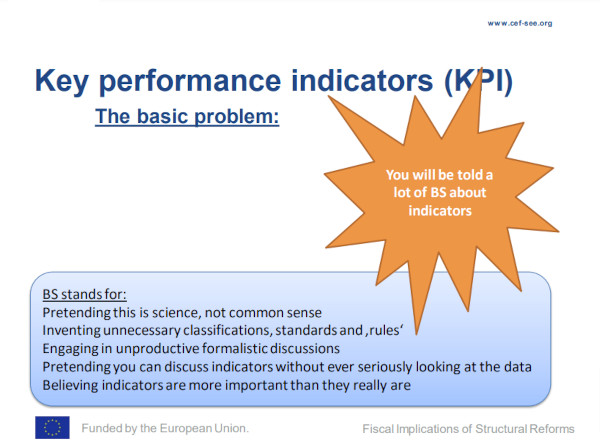Key Performance Indicators Employee Evaluation Examples

Businesses across sectors are increasingly focused on refining their employee evaluation processes, seeking methods that are both objective and conducive to employee growth. The integration of Key Performance Indicators (KPIs) into these evaluations has become a central strategy, promising a data-driven approach to assessing performance.
The trend highlights a move away from purely subjective appraisals towards systems that rely on quantifiable metrics. These metrics aim to provide a clearer picture of an employee’s contributions and areas for improvement. This shift impacts not only individual employees but also broader organizational performance and strategic alignment.
What are KPIs? Key Performance Indicators are measurable values that demonstrate how effectively a company is achieving key business objectives. They are used at multiple levels to evaluate the success of reaching targets. In employee evaluations, KPIs translate into specific, measurable goals tied to an individual's role and responsibilities.
Examples of KPIs in Employee Evaluations
KPIs vary widely depending on the job role and industry. Here are some examples to illustrate their application in different contexts:
Sales Department
For sales representatives, common KPIs include: Revenue generated, the total value of sales achieved within a specific timeframe; Number of new clients acquired, a measure of success in expanding the customer base; Conversion rate, the percentage of leads that are successfully converted into paying customers.
“Effective use of KPIs is not just about tracking numbers; it's about providing employees with actionable insights that empower them to improve their performance," says Dr. Anya Sharma, a Human Resources consultant specializing in performance management.
Customer Service Department
KPIs for customer service representatives often focus on customer satisfaction and efficiency. Customer satisfaction scores, measured through surveys or feedback forms, reflect the quality of service provided; Average resolution time, the average time taken to resolve customer issues; Number of support tickets resolved, indicating the representative's productivity.
Marketing Department
Marketing professionals are typically evaluated on metrics related to brand awareness and campaign effectiveness. Website traffic, the number of visitors to the company website; Lead generation, the number of qualified leads generated through marketing efforts; Social media engagement, measured by likes, shares, and comments, reflect the reach and impact of social media campaigns.
Software Development Department
For software developers, KPIs can include: Lines of code produced, a measure of productivity; Number of bugs identified per 1000 lines of code, indicating code quality; Project completion rate, reflecting the ability to deliver projects on time and within budget.
Implementing KPIs Effectively
Successful implementation of KPIs in employee evaluations requires careful planning and communication. It's crucial that employees understand the "why" behind the KPIs and how they contribute to the overall organizational goals. Clear expectations and regular feedback are essential.
Data from a recent study by SHRM (Society for Human Resource Management) indicated that companies with well-defined and communicated KPIs reported higher levels of employee engagement and productivity. The study emphasized the importance of aligning KPIs with individual roles and providing employees with the necessary resources and training to achieve their goals.
Furthermore, the evaluation process should not solely focus on quantitative data. Qualitative feedback from managers and peers remains crucial for providing a holistic view of an employee's performance and contributions. A balanced approach that combines both quantitative and qualitative assessments is considered the most effective.
The increasing adoption of KPIs in employee evaluations reflects a broader trend toward data-driven decision-making in the workplace. When implemented effectively, KPIs can provide valuable insights into employee performance and contribute to a more engaged and productive workforce. However, it's critical to remember that KPIs are just one tool in the evaluation process and should be used in conjunction with other forms of feedback and assessment.
